
When testing for avian viruses there are several methods that can be used to collect samples for testing, including blood, feathers and also gathering samples from the bird’s trachea (Throat) or cloaca.
Different sample types are best for each type of virus.
Virus Test (Blood/Feather Sample)
- Psittacine Beak and Feather Disease (PBFD)
- Psittacosis (MOMP)
- Avian Polyomavirus (APV)
Virus Test (Cloacal Swab Sample)
- Psittacine Proventricular Dilatation Disease (PDD)
- Pacheco’s Disease (PDV)
Virus Test (Tracheal Swab Sample)
- Avium Bordetella (BAL)
For instructions on how to collect blood and feather samples, please visit our website or watch this video.
In order to help you collect samples from the cloaca or trachea, we have provided detailed instructions below.
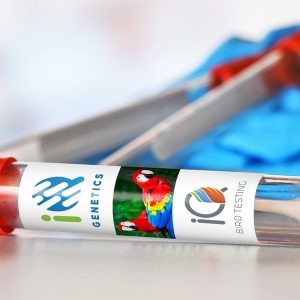
COLLECTING SAMPLES FROM THE CLOACA
Collecting swab samples from the cloaca of birds is a common method used in avian research to detect and monitor the presence of pathogens, such as bacteria and viruses, which can cause diseases. This is because the cloaca, which is the common opening for excretory, reproductive, and digestive systems in birds, is believed to be the primary portal of entry and exit for many pathogens. By collecting the swab sample from the cloaca, researchers can obtain a representative sample of microorganisms present in the intestinal tract of the bird, which can help in disease surveillance and control strategies. The collection and analysis of cloacal samples can also help assess the impact of environmental factors such as pollution and climate change on bird populations.
Collecting swab samples from bird cloaca is an important technique used in disease monitoring and research.
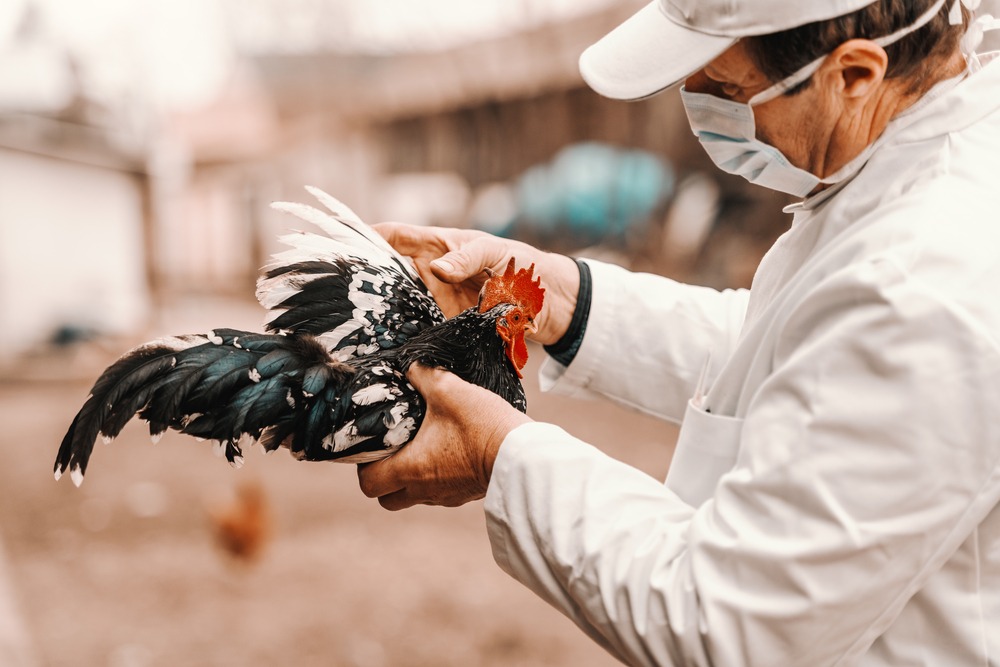
The process involves using a sterile swab and inserting it into the bird's cloaca to collect a sample of fecal material or other fluids.
The swab should be moistened with sterile saline or a similar solution before insertion to prevent contamination and ensure proper sample collection. Once inserted, the swab should be gently rotated to collect the sample and then carefully removed.
This method of sample collection is useful for monitoring a bird's health and identifying potential disease outbreaks that could affect not only the bird in question but other animals as well. It is important to use proper techniques and precautions to avoid contaminating the sample or causing any harm to the bird itself.
COLLECTING SAMPLES FROM THE THROAT (TRACHEA)
Collecting a swab sample from a bird's throat involves the process of molecular biology and microbiology.
The swab is used to collect genetic material and other constituents present in the bird's throat, which can be analyzed in the laboratory for identification of various pathogens or other molecules of interest.
This technique is commonly used in disease diagnosis and research studies, where the sample collected from the bird's throat can be used to detect and identify the presence of specific organisms, such as bacteria, viruses, or fungi. The collected sample can also be used for genetic studies or other biochemical assays to identify specific proteins or other biomolecules.
To collect a swab sample from a bird's throat, first, a sterile swab should be prepared. The bird should be securely and calmly restrained to minimize stress and potential injury. Then, the swab should be gently inserted through the mouth into the back of the throat until it reaches the cleft between the tongue and the roof of the mouth.
The swab should be rotated gently to ensure contact with the throat tissues, and then withdrawn carefully to avoid stimulating a gag reflex. The collected swab should be promptly placed into an appropriate container for transport to a laboratory for testing.
It's important to note that proper training and caution should be taken when collecting samples from live birds.
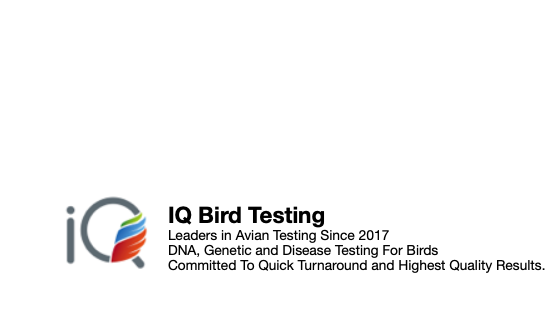
Click Here To Learn More About Disease Testing
 Add Row
Add Row  Add
Add 

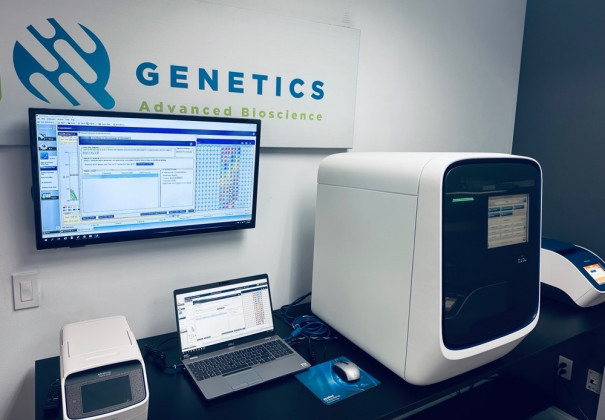
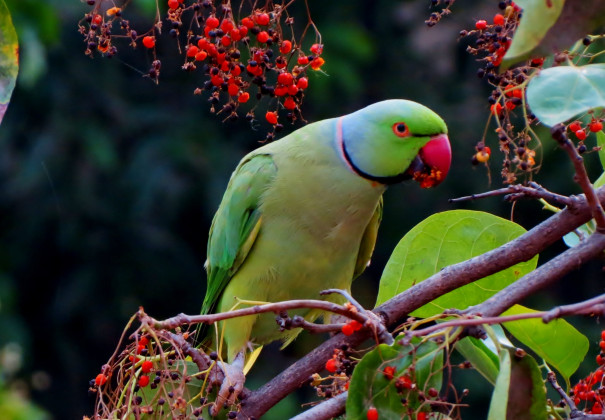
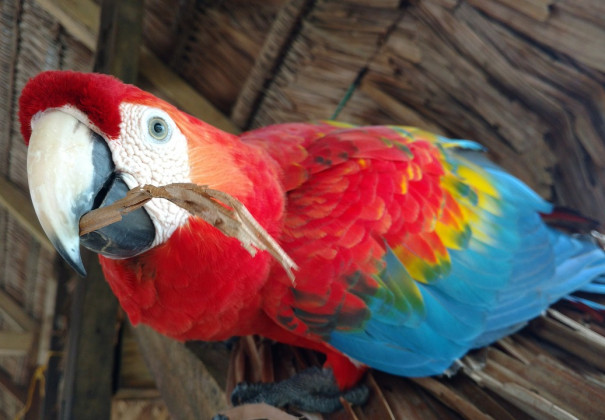
Write A Comment